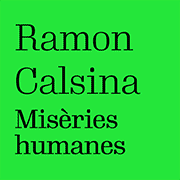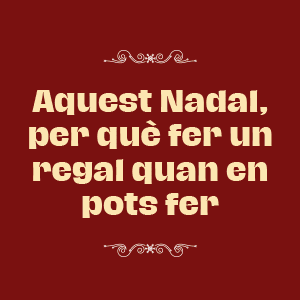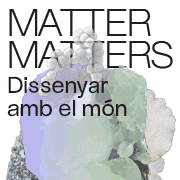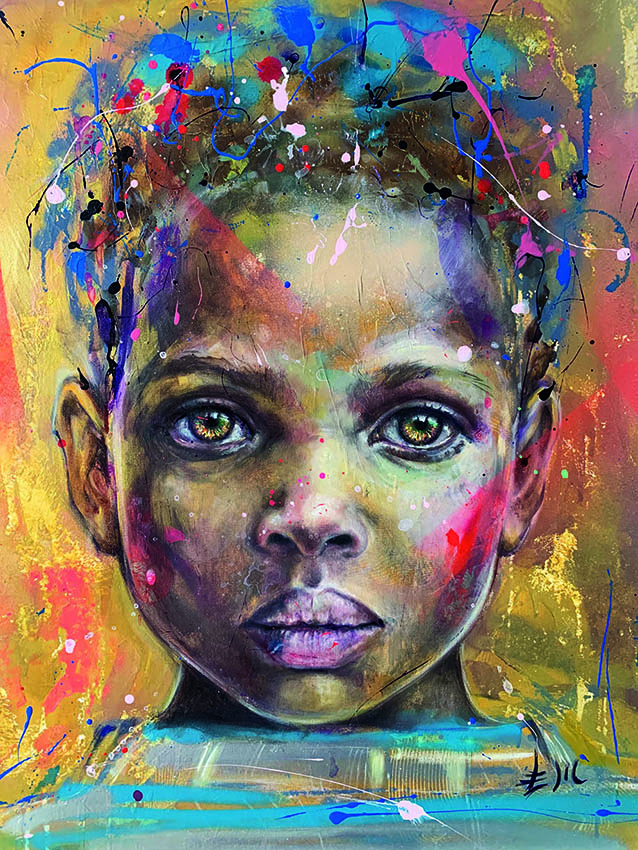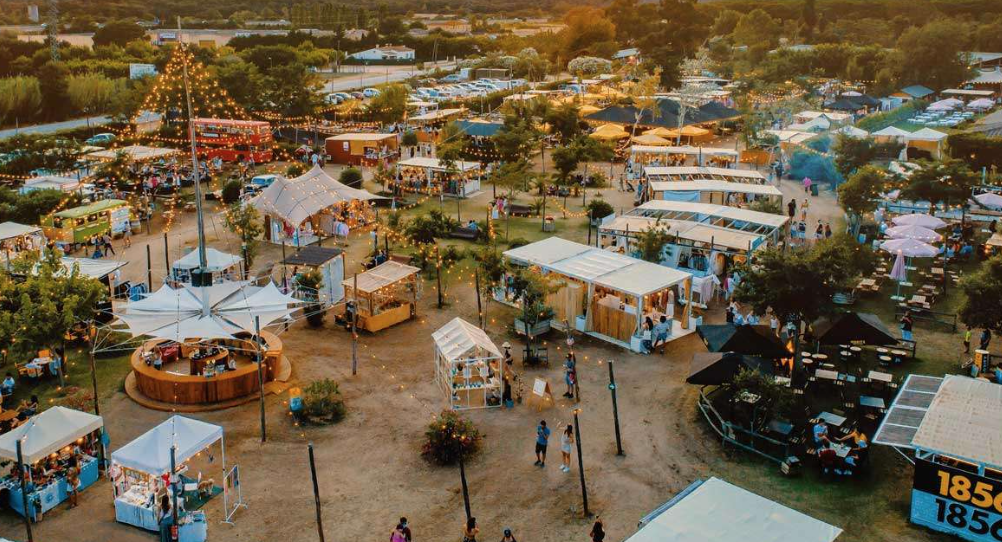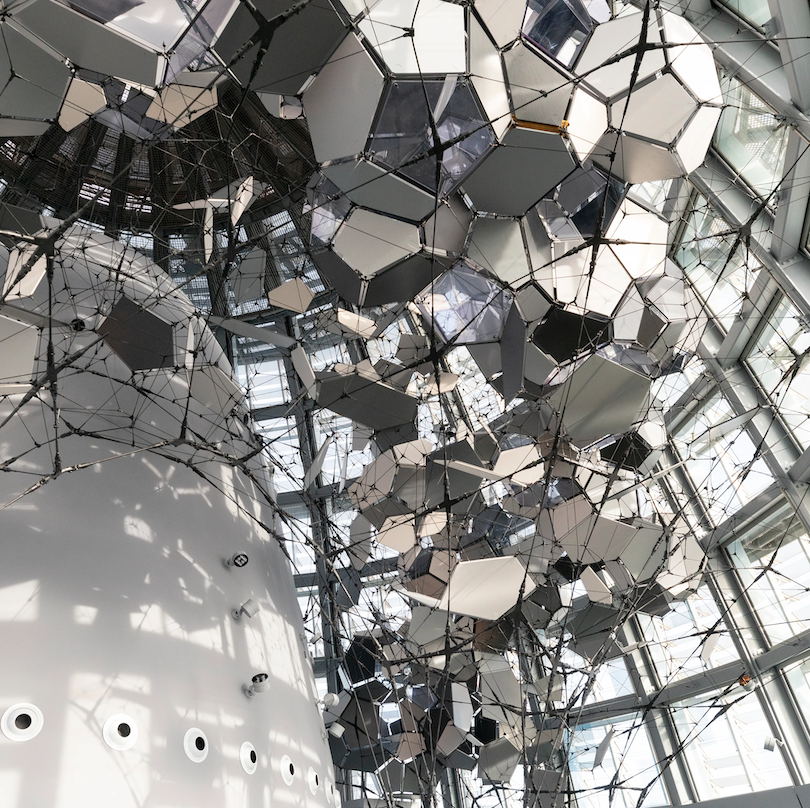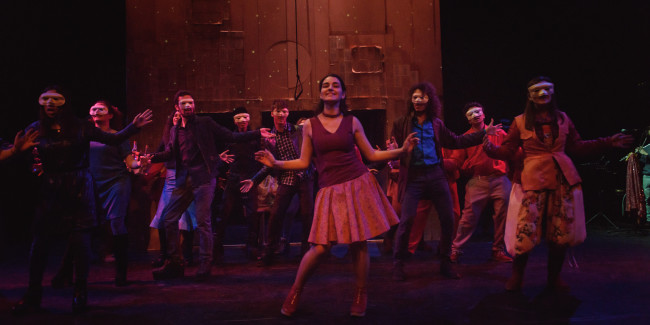Opinion
The cinema of the School of Barcelona
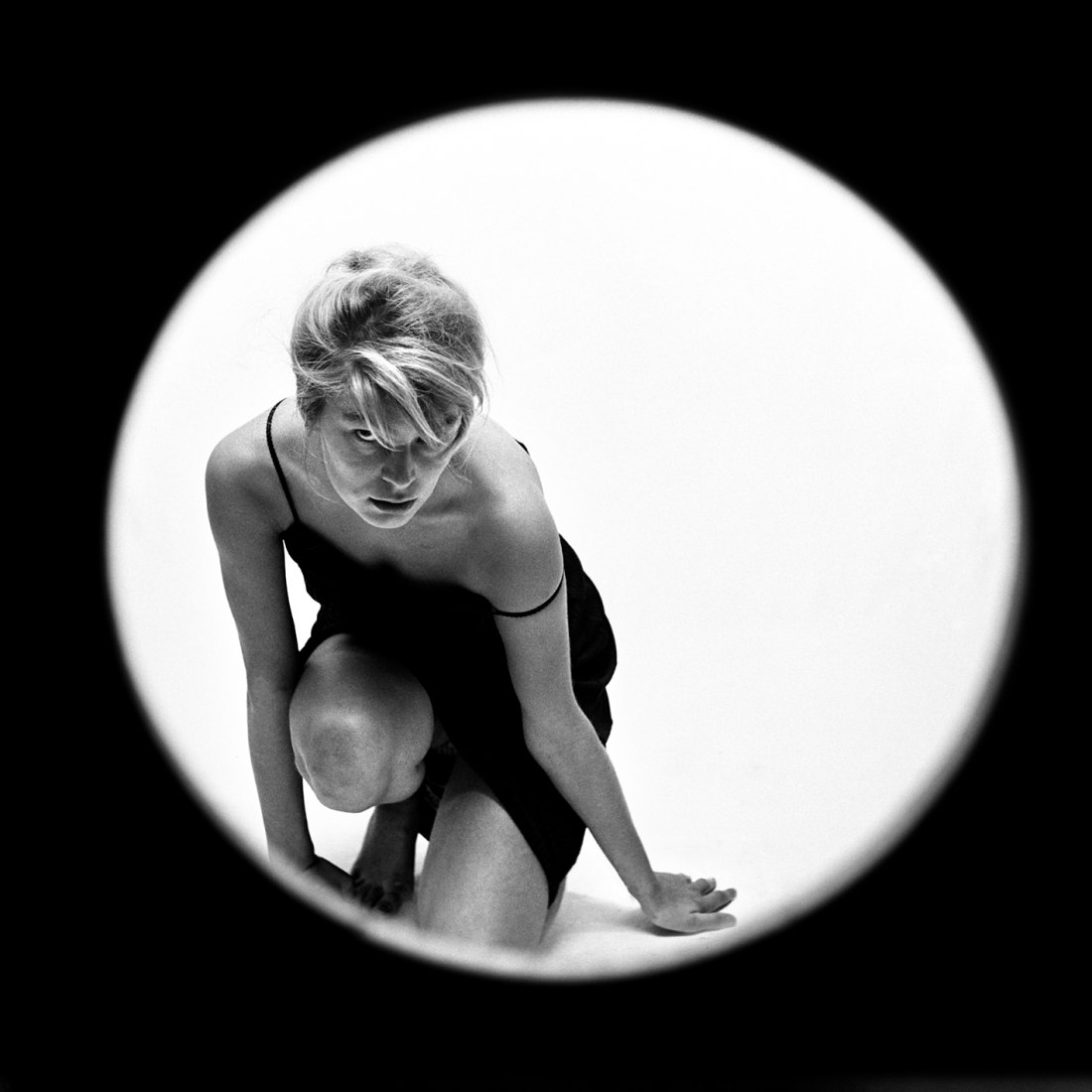
The 60s saw the birth of Barcelona School cinema, a modern, different, experimental, intellectual and anti-Francoist movement.
European cinema, in the 1960s, abandoned conventional cinema to enter the avant-garde. In Catalonia, the cinema of the School of Barcelona stood out, which we will talk about immediately. First, however, let's place ourselves in the era. In France it was the time of the Nouvelle Vague; in England, from the Free Cinema, and in the USA, from the New York school. In this context, the Catalan entrepreneur and cultural promoter Oriol Regàs i Pagès (Barcelona 1936-2011), founder of the Bocaccio nightclub and venues such as La Cova del Drac, Up&Down, Via Veneto and, on the Costa Brava, of the Maddox, Paladium and Revolution nightclubs, he was the soul of our country's Gauche Divine (a movement of artists and intellectuals that arose around Bocaccio) and he pushed a group of people to try to make a modern, different cinema of experimental basis, with a strong intellectual charge and an anti-Franco tone that, above all, distanced itself as much as possible from the cinema that was made in Madrid and the rest of the State, both in terms of content and form of production, self-financing or seeking financial resources through a cooperative system.
The most outstanding Catalan filmmakers of the movement
With these criteria, the School of Barcelona would emerge, a term often used in Fotogramas magazine by the producer Ricardo Muñoz Suay, one of the members of the group, to define the movement, which included Joaquim Jordà -considered the group's ideologue- , Jacinto Esteva, Vicente Aranda, Carles Duran, José María Nunes, Ricard Bofill, Jordi Grau, Pere Portabella, Jaume Camino, Llorenç Soler, Gonzalo Suárez, Roman Gubern and Joan Amorós. They also maintained an intense relationship with Serena Vergano, Romy, Teresa Gimpera -who would be his muse-, Luis Ciges, Enrique Irazoqui, Leopoldo Pomés and others.
The key films within the movement
The key film of this movement was Dante is not only severe (1967), by Joaquim Jordà and Jacinto Esteva. Also noteworthy are Noche de vino tinto (1965-66) and Biotaxia (1967), by José María Nunes; Fata Morgana (1965), by Vicente Aranda; Every time... (1967), by Carles Duran; Ditirambo (1967), by Gonzalo Suárez, or Don't count on your fingers (1967) and Nocturn 29 (1968), both by Pere Portabella.
The cinema of the School of Barcelona did not connect with the public or critics
Despite the good intentions of the movement, and the fact that some of the group's creators have been doing, separately, works of more or less importance, the so-called School of Barcelona did not find favor with the public or the critics , who, with a few exceptions, he saw it as a pretentious log fire, very aesthetic and with little foundation. A very intellectual and groundbreaking cinema that was more snobbish than avant-garde and that declined when censorship was tightened in Spain (1969-70), which meant that the new works of its members they knew the underground and the alternative circuits, outside the regulated cinema, even of what was shown in the "art and rehearsal" rooms. In the next articles we will remember some of its members (Joaquim Jordà, José María Nunes) and, also, the meeting with Jacinto Esteva, Francisco Rabal and Mijanou Bardot when they were filming Después del diluvio (1968) in Girona.


